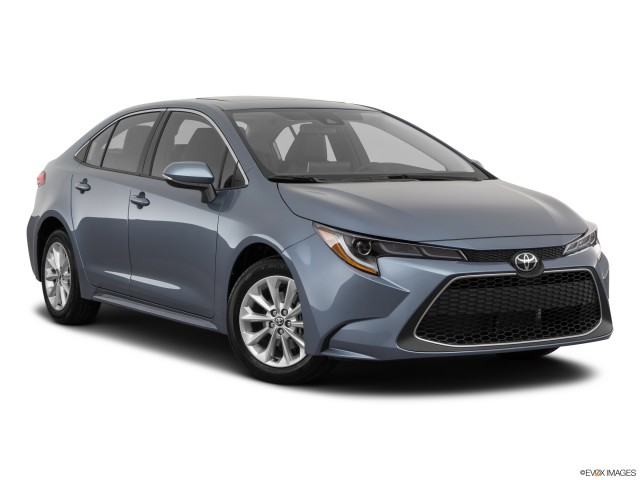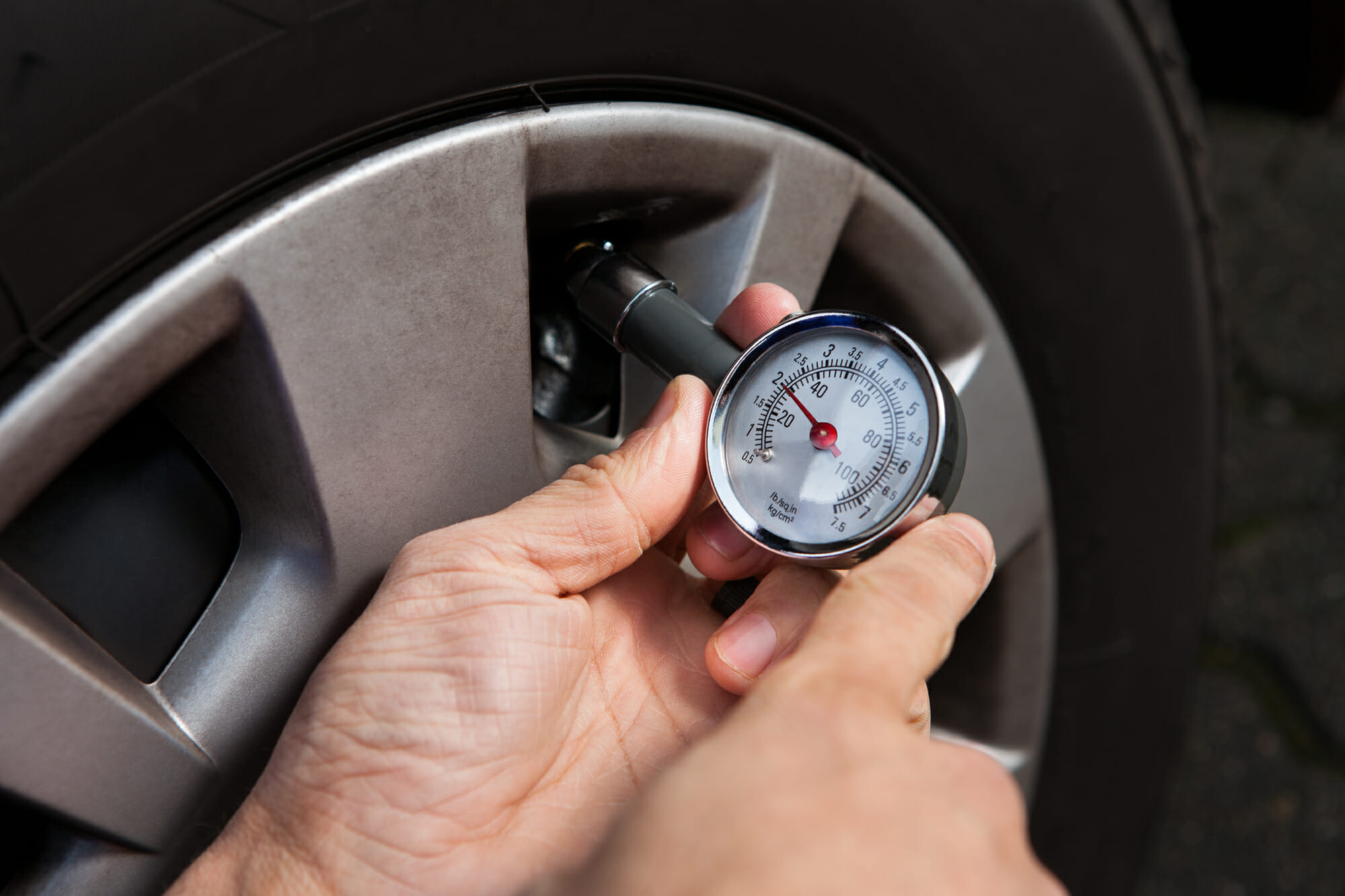Your Corolla gets you through everything from constantly driving the family around to going to and from work with decent fuel mileage to keep your budget in check. For that to happen, you need the best Toyota Corolla tires around. The best tires minimize your risks.
What are the best tires for a 2020 Toyota Corolla?
- Touring: Michelin Crossclimate2 – $143.99/tire
- Performance: Good Year Eagle Sport All-Season – $118.99/tire
- Track and Competition: Toyo Proxes R888R – $155.64/tire
- Winter/Snow: Bridgestone Blizzak WS90 – $127.35/tire

Buying tires for your Corolla isn’t always easy. Do you buy those that are lesser expensive and good enough, or do you upgrade for a set of tires capable of minimizing slips and sliding? Here’s what you need to know before you buy tires.
Best Tires for the 2020 Toyota Corolla
What’s most important about purchasing Toyota Corolla tires is that you buy those best suited for the conditions you’re driving in. That means choosing tires designed for weather, how you drive, and how fast you drive. Here are some recommendations.
Touring – $143.99/Tire
For your Corolla, consider the value of touring tires. They are probably the most common option selected, but they are not always ideal. Expect these to improve the ride quality and to do well with traction on dry and somewhat wet surfaces.
These tires are available in various qualities, with all-season providing more of an all-around benefit throughout the year. Unless you plan to change them often, you’ll want all-season touring tires because they can improve traction in most climates.
Touring are more likely to enhance drive quality rather than to work hard for you in difficult conditions. You are sure to find them to be reliable enough for most day-to-day use in decent weather.
If you drive on the highway a lot and want touring tires, go with a highway all-season for the best long-term life.
Most consumers note these tires are “good” and “do the job” because they are a bit better than your basic tire. In a sedan like the Corolla, they can provide solid functionality with decent protection from slipping on roadways.
Performance – $118.99/Tire
Performance tires may be a good overall option for your Toyota Corolla for several reasons. First, these are more responsive tires, which means they can handle both wet and dry with a bit more ease. Their tread gives them more ability to grip.
If you drive in the snow a lot, they may not be good enough. However, they are an affordable option by comparison and tend to be a comfortable, smooth ride. You’ll find numerous performance options overall. Any can be okay, though all-season tend to be the best.
Some people love high-performance tires. These are going to improve handling in most conditions. They do wear down faster than others, especially if driven at fast speeds on a consistent basis. Yet, you can find a good use for them if you’re looking for notable performance.
Owners of performance tires (especially street or sport tires) note they handle well and have “decent” road traction. They tend to wear out sooner, but this option may be best for those who want a sportier, more enjoyable ride.
Track and Competition – $55.64/Tire
Now, let’s say you’re looking to add some “sport” to your Corolla. One of the options available for this car is the competition tires. Those sound like they are just for the racetrack, but they also offer some outstanding benefits for those amping up performance on standard vehicles.
You’re not likely to buy track tires, but you can find tires fitted for the Corolla that is good enough for day-to-day use. Do you want speed? Do you want even more of a smooth ride? This type of tire can be a good option.
It tends to be best to choose a “streetable” track tire as these have a longer wear life than others on the market. They also have more of an ability to handle wet conditions, which is something you’ll need. Competition tires generally are not good in anything but dry conditions.
We don’t have a lot of reviews on these, but one key description shows how a driver can turn their everyday-Corolla into a top-performer for fun driving around a local track. That can make a lot of sense for some drivers.
Winter/Snow – $127.35/Tire
For most U.S. drivers in the North, this is the tire you’ll want on your Corolla. Winter tires like this can add a lot of traction and give you the slip-proof drive you need on your commute. These are not just about wet conditions, but also cold conditions.
The tread pattern tends to be wider with bigger groves in it. That allows for the snow to get pushed out of the way. That’s an important investment in your low-to-the-ground vehicle, especially if you live on a street that doesn’t get plowed often.
Most will not benefit from studded tires (they are banned in some areas) but you can upgrade to performance winter tires. This will give you more handling in both winter and other seasons. You may also want these to give your car more kick.
Consumers note these tires are “excellent” in snow. They do well even in compact snow where the streets are never clean. They can also be a good option for constantly wet streets during the winter where ice is a problem.
People Also Ask
Does the 2020 Toyota Corolla come with a spare tire?
Yes, the 2020 Toyota Corolla has a spare tire. This is not a full-sized spare (though you can upgrade to one).
To get to the spare tire, remove the luggage floor cover from the trunk of the car. You’ll then need to remove the tool tray if you have one in place. Then, remove the fastener that’s holding the tire into place.
What’s the recommended tire pressure for a 2020 Toyota Corolla?

You can check your owner’s manual for specifics here. However, for most trims of the 2020 Corolla, aim for:
- 38 psi for the front tire
- 36 psi for the rear tire
The Toyota Corolla LE model needs 35 psi for the front and 33 psi for the back. The XLE requires 35 psi upfront and 33 psi for the rear.
How do you reset the tire pressure indicator on a 2020 Toyota Corolla?
It’s rather easy to reset this in a 2020 model with a touchscreen. Go to the touchscreen display and click “Settings”. From there, you’ll need to click “TPMS Calibration” and “Calibrate” on the final screen.
Keep in mind you should not do this until you’ve adjusted the tire pressure by filling it as needed. If the sensor indicator comes back on after doing this, you may have a damaged tire sensor or a leak in the tire. Don’t put off getting this repaired.